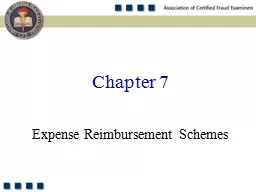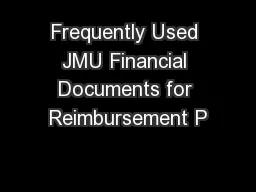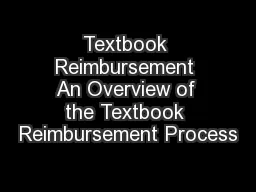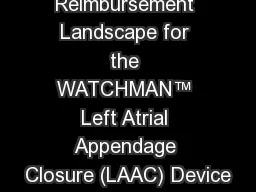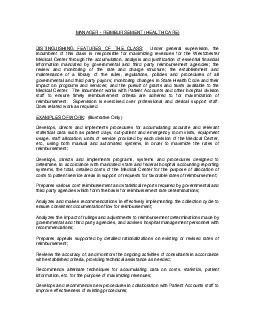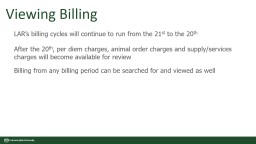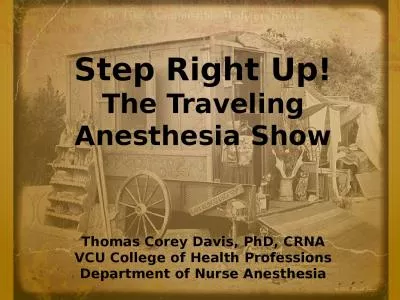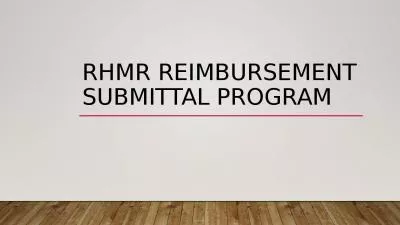PPT-Anesthesia Billing & Reimbursement
Author : OneAndOnly | Published Date : 2022-08-04
Sho Me da Money Jerry Stonemetz MD Billing Basics There are many clinical settings within anesthesia that have unique billing concerns OB Critical Care Pain Management
Presentation Embed Code
Download Presentation
Download Presentation The PPT/PDF document "Anesthesia Billing & Reimbursement" is the property of its rightful owner. Permission is granted to download and print the materials on this website for personal, non-commercial use only, and to display it on your personal computer provided you do not modify the materials and that you retain all copyright notices contained in the materials. By downloading content from our website, you accept the terms of this agreement.
Anesthesia Billing & Reimbursement: Transcript
Download Rules Of Document
"Anesthesia Billing & Reimbursement"The content belongs to its owner. You may download and print it for personal use, without modification, and keep all copyright notices. By downloading, you agree to these terms.
Related Documents


